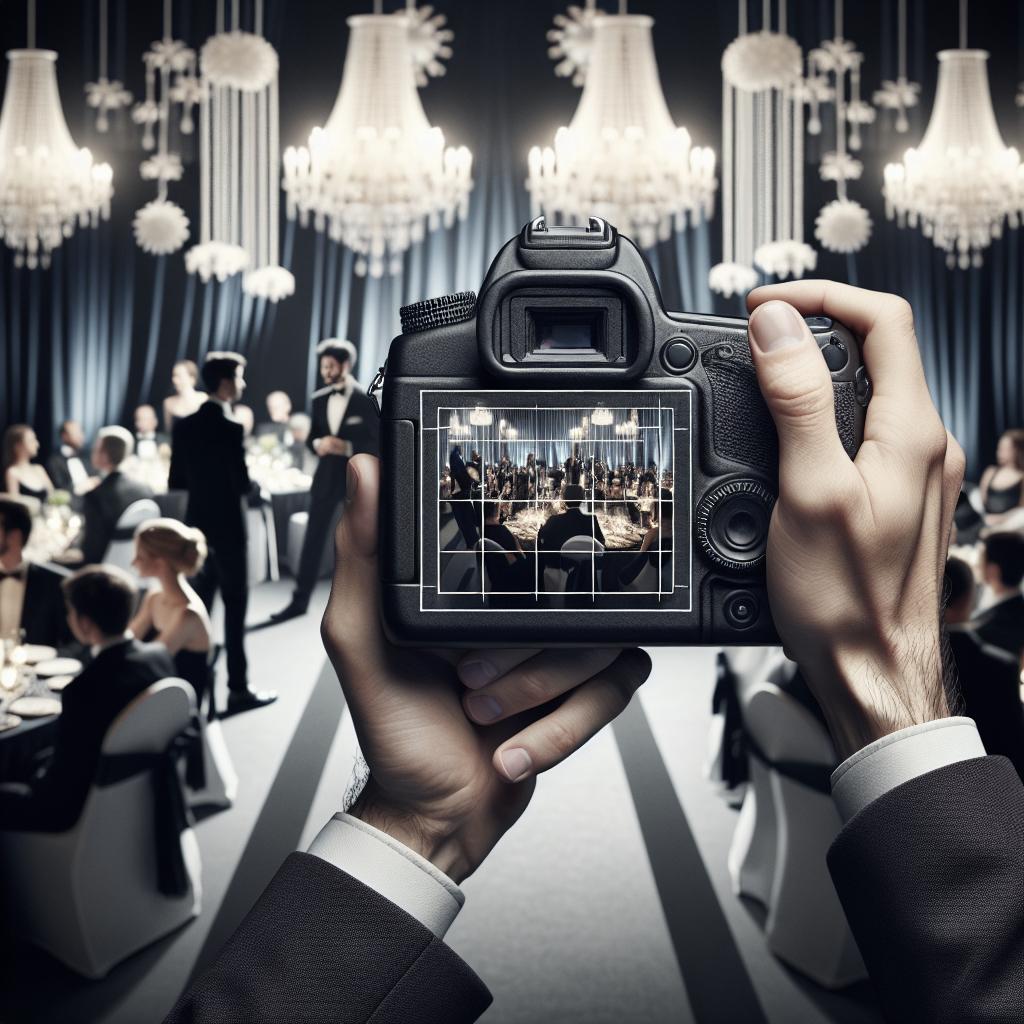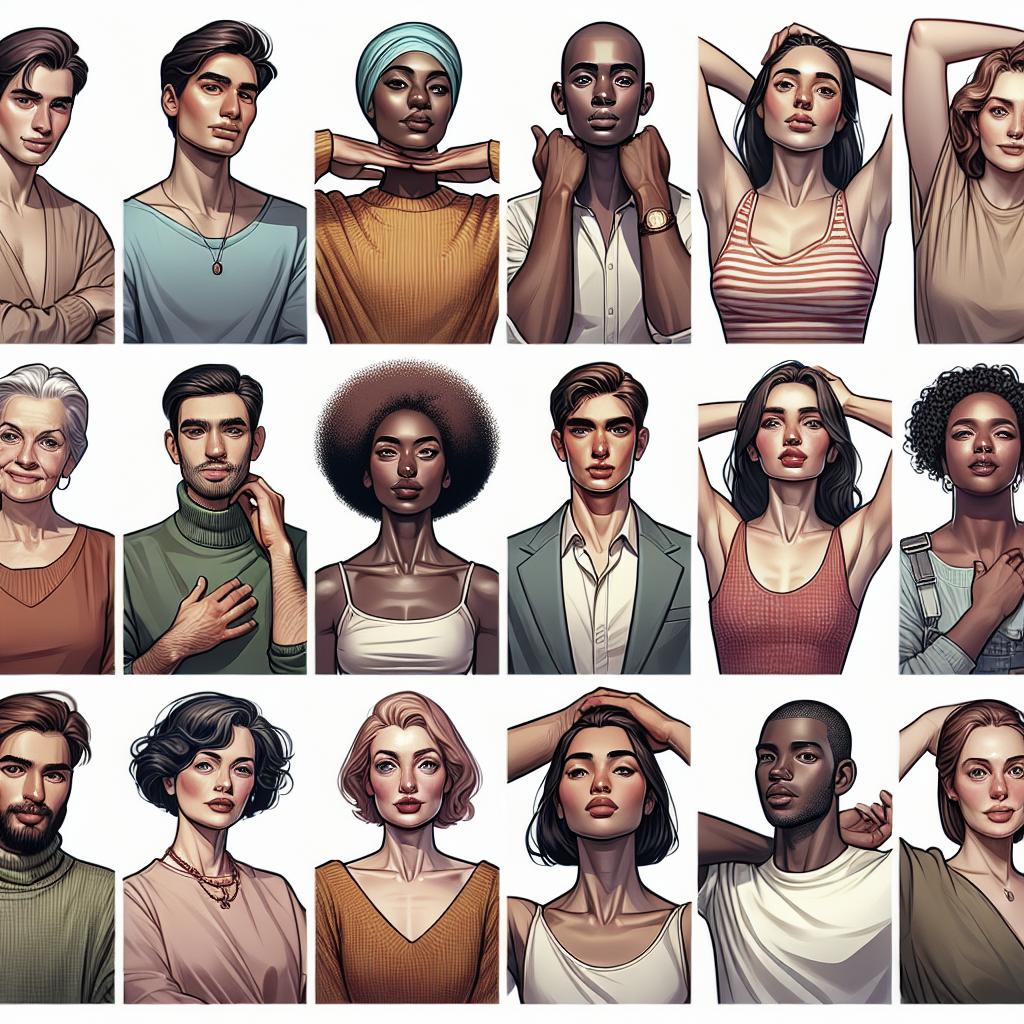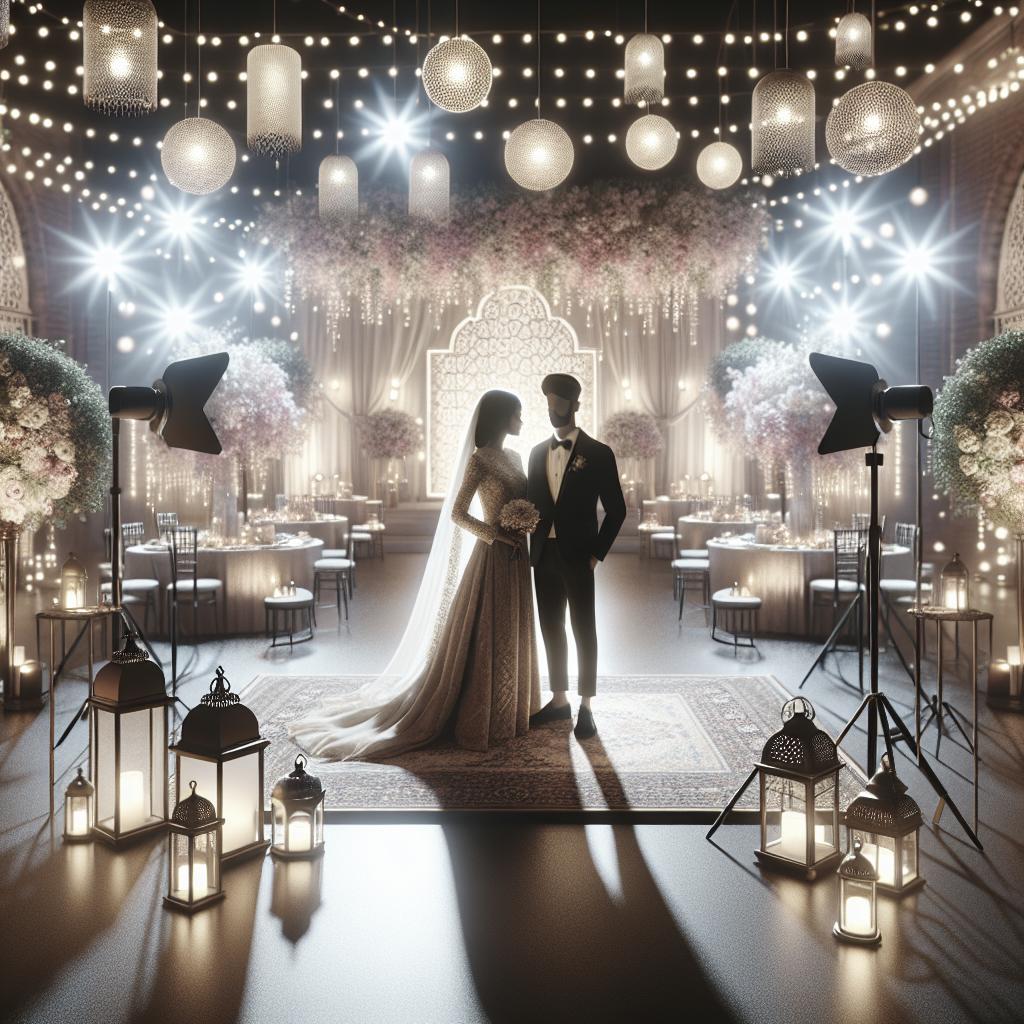<>
Photography is an art form that captures moments and experiences, especially during formal events. Whether you’re photographing a wedding, a gala, or a corporate event, your ability to deliver high-quality images that encapsulate the event’s essence is paramount. In this guide, we’ll explore how to shoot formal event photos, focusing on pre-event preparation, what images to avoid, capturing significant moments, and the post-processing phase. By the end of this post, you will be well-equipped to handle the challenges of formal event photography and produce stunning photographs that tell a story.
Before you arrive
Preparation is the key to successful formal event photography. Start by understanding the event you will be covering. Communication with the event organizers is crucial to ensure you are well-versed with the schedule, key moments, VIPs, and the overall theme. Knowing the itinerary helps in positioning yourself at the right place at the right time to capture memorable moments. Equip yourself with the right gear. A full-frame camera with a fast lens (f/2.8 or wider) is ideal for indoor settings where lighting may be low. Additionally, carry spare batteries, memory cards, and a variety of lenses. Investing in a good flash and understanding how to use it effectively can dramatically improve your indoor shots. Familiarize yourself with the venue beforehand if possible, noting potential spots for group photos and interesting candid shots. Dress appropriately to blend in with the formality of the event. Your attire should allow you to move freely while being discreet. Ensure your equipment is organized for quick access, as moments worth capturing can happen in an instant.
Images to NOT take
As a professional photographer, it’s essential to maintain a level of discretion and sensitivity. Avoid taking intrusive photos that may capture guests in unflattering angles or private moments. Remember, formal events often involve delicate situations and emotions. It’s best to steer clear of taking pictures of people eating or drinking unless it adds value to the event’s narrative. Another category of images to avoid are those that include cluttered or distracting backgrounds. These can detract from the subject and reduce the quality of your composition. Watch out for waste bins, messy tables, or photobombers that can ruin an otherwise excellent shot. A well-composed photo should have a clear focal point without unnecessary distractions. Lastly, refrain from capturing repetitive or mundane moments. Focus on diversifying your shots to include a mix of wide, medium, and close-up angles. Overloading your album with similar photos can make your final collection monotonous and less impactful.
Images to take during the event
Capturing candid moments is a hallmark of great event photography. These shots reflect genuine emotions and interactions, providing a more intimate glimpse into the event. Look for laughter, surprise, and heartfelt conversations. Candid photos often require patience and a keen eye, but the results are more natural and engaging than posed shots. Don’t overlook the importance of capturing the ambiance and décor of the event. These images help to set the scene and provide context. Photograph the venue setup, table arrangements, floral decorations, and any unique elements that tell the story of the event. These details can add a lot of character to your photo collection. Formal events often have key moments that define the memory of the occasion. Whether it’s the bride and groom’s first dance, the CEO’s keynote speech, or a special award presentation, ensure that you capture these moments clearly and creatively. Use a fast shutter speed to freeze motion and make sure your exposure is adjusted for the lighting conditions.
Photos to edit or delete
After the event, it’s crucial to go through your images and begin the editing process. Start by sorting through and selecting the best photos, focusing on those that are sharp, well-composed, and tell a story. Utilize editing software to enhance these images – adjust lighting, contrast, and color balance to make your photos pop. Be ruthless when it comes to deleting photos that don’t meet your standards. Blurry images, poorly lit shots, and duplicates should be removed. It’s better to deliver a smaller collection of high-quality photos than a larger set that includes mediocre images. Your goal is to provide a polished and professional final product. Editing is also about highlighting the best aspects of your photos. Use cropping to eliminate unnecessary parts of the image and to focus on the main subject. Employ techniques such as vignetting to draw attention to the center of the photo or minor retouching to remove blemishes and distractions. Always aim for a natural look that represents the event authentically.
Share this:
Sharing your photos effectively is the next step after editing. Create an online gallery for your clients to access easily. Social media platforms, blogs, and personal websites are great venues to showcase your work. Make sure to optimize images for web viewing without sacrificing quality, ensuring quick load times and a pleasant viewing experience. Lastly, consider providing a few highlight images shortly after the event while the excitement is still fresh. This gesture is appreciated by clients who are eager to relive key moments and share them with their networks.
Related
For more tips on photography, you might find these posts helpful: – “Mastering Low Light Photography: Techniques for Stunning Shots” – “The Art of Candid Photography: Capturing Life Naturally” – “Comprehensive List of Essential Photography Gear for Beginners”
Author: Paula Wethington
| Section | Content Summary |
|---|---|
| Before you arrive | Understand the event, communicate with organizers, prepare appropriate gear, and dress accordingly. |
| Images to NOT take | Avoid intrusive shots, cluttered backgrounds, and repetitive photos. |
| Images to take during the event | Capture candid moments, ambiance and decor, and key moments with clear composition and good exposure. |
| Photos to edit or delete | Enhance selected images, remove low-quality photos, and focus on professional editing techniques. |
| Share this: | Tips on effectively sharing your photos post-event on various platforms. |
| Related | Suggested reads for further photography tips and techniques. |
Final thoughts: With these guidelines, you are now better equipped to approach formal event photography with confidence and creativity. Through meticulous preparation, discerning shooting, and refined editing, your photos will not only stand out but also provide your clients with cherished memories.


